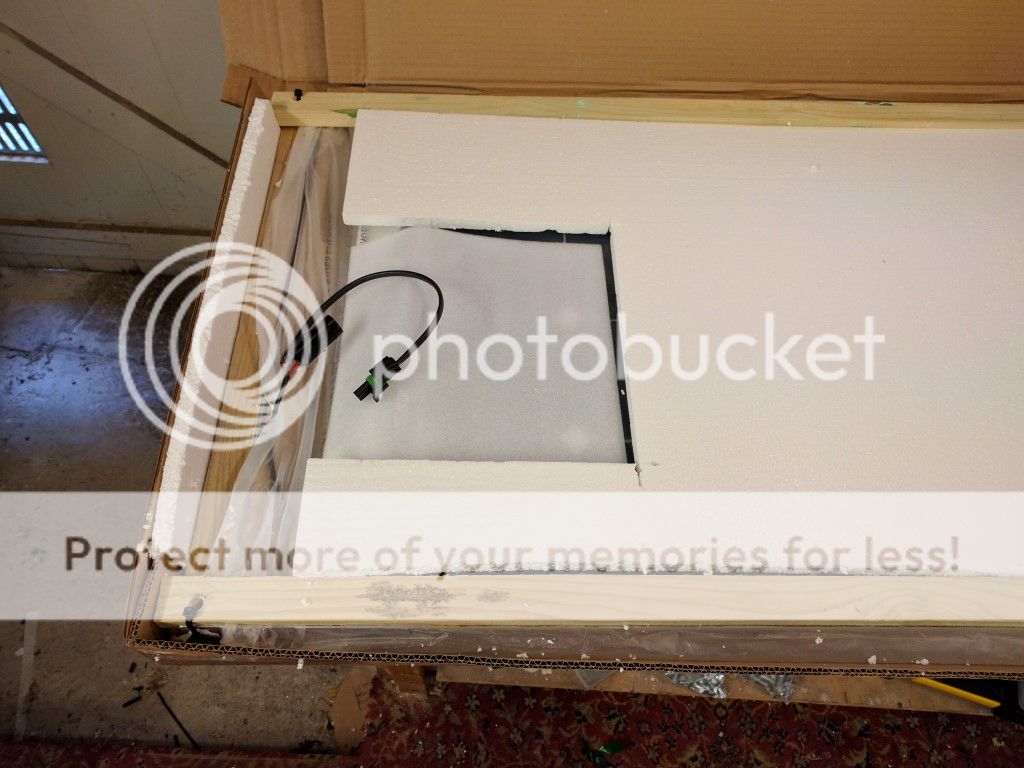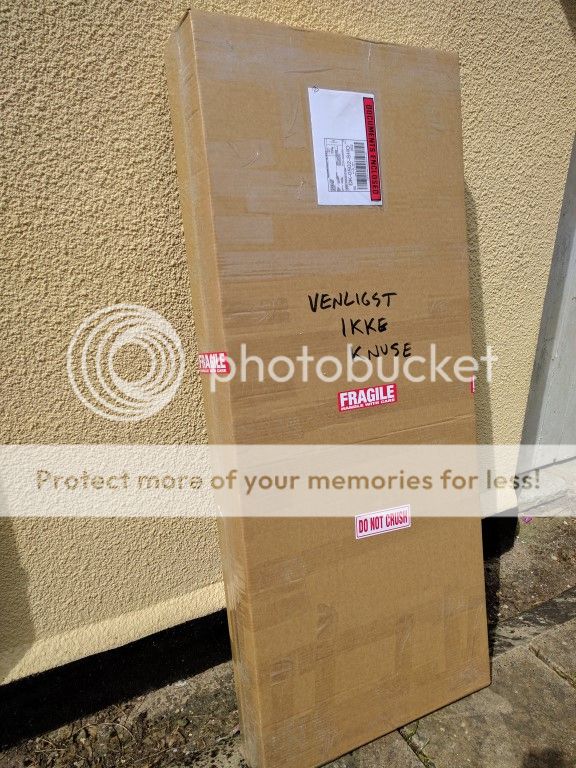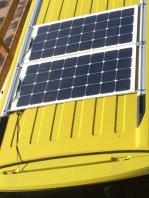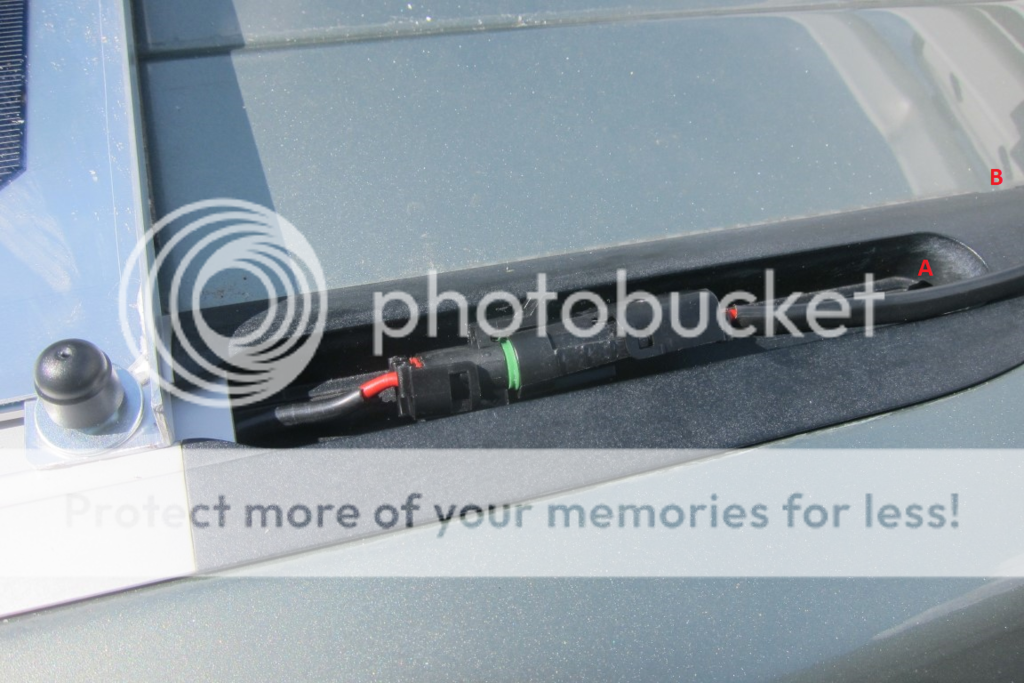Has anyone on here got one and care to share any pictures?
I have a 150 T6 Beach with three seat bench. I class myself at one grade below a DIY novice - a DIY incompetent, meaning that whenever I start a DIY project there is a greater than 50% chance I will make things worse.
You will need:
- solar panel(s)
- MPPT charger
- solar panel to MPPT wire
- MPPT to battery wire
- cable ties
- appropriate tools
Glossary:
trivial - a five year old could do it
easy - possibility of mistakes e.g. crossed bolt threads, chipped trim
tricky - takes patience and time, but not much likelihood of damage
very tricky - takes more patience and more time than above, but no more likelihood of damage
- Bolt panels onto the roof - easy
The next stage is easiest if the inside of your van is empty save the bench, i.e. no additional seats, no multiflex.
The wire enters the van via the tailgate to van cable tube that feeds power and water to the rear windscreen washers.
- Make a small incision in the cable tube and feed the panel wire through - very tricky
- Pull out sufficient rear roof trim to see the wire, and feed it down through the left rear corner trim to the jack cavity - tricky (easy if trim below is removed)
- Some corner trim might need pulling off and replacing - easy
- Remove sufficient tools from the jack cavity to install the MPPT charger, place removed tools in the cavity under the driver's seat - trivial.
- Connect the panel wire to the MPPT charger - trivial.
- Remove the front passenger chair to move it further forward than it will usually go, four bolts only, but beware it is connected by cables to the van so do not remove the chair from the van, just push forward towards the passenger footwell to fully expose the leisure battery - easy.
- Remove the battery cover and connect the battery wire to the battery - trivial.
- From front to back, poke the battery wire under the left side floor trim, moving the 3 seat bench forward or back to allow access to the floor trim. I used a stiff VW leather keyring fob for this - easy
- connect the battery wire to the MPPT charger - trivial
- cable tie the panel wire so it is all neat and tidy on the roof. IMPORTANT, make sure there is sufficient excess panel wire for the rear of the roof to pop up. Hint, I loosely cabled tied an additional loop of wire under the panels so that if for any reason there is a strain on the wire when the roof is popped up, the wire loop gives way and the wire won't snap - easy
- Get someone you trust to watch the panel wire as you slowly raise the roof to check there is sufficient wire - easy
When the roof is lowered, the excess cable can be tucked into the cavity near the tailgate hinge.
You can wrap black electrical tape around the small incision you made in the tailgate to van cable tube.
I hope this is all pretty comprehensive and makes sense.
I should also add that as a DIY incompetent I sought the expert help of my brother who is considerably better skilled at such tasks than I am, but having worked together on the process, I am confident that I could have managed alone.



















